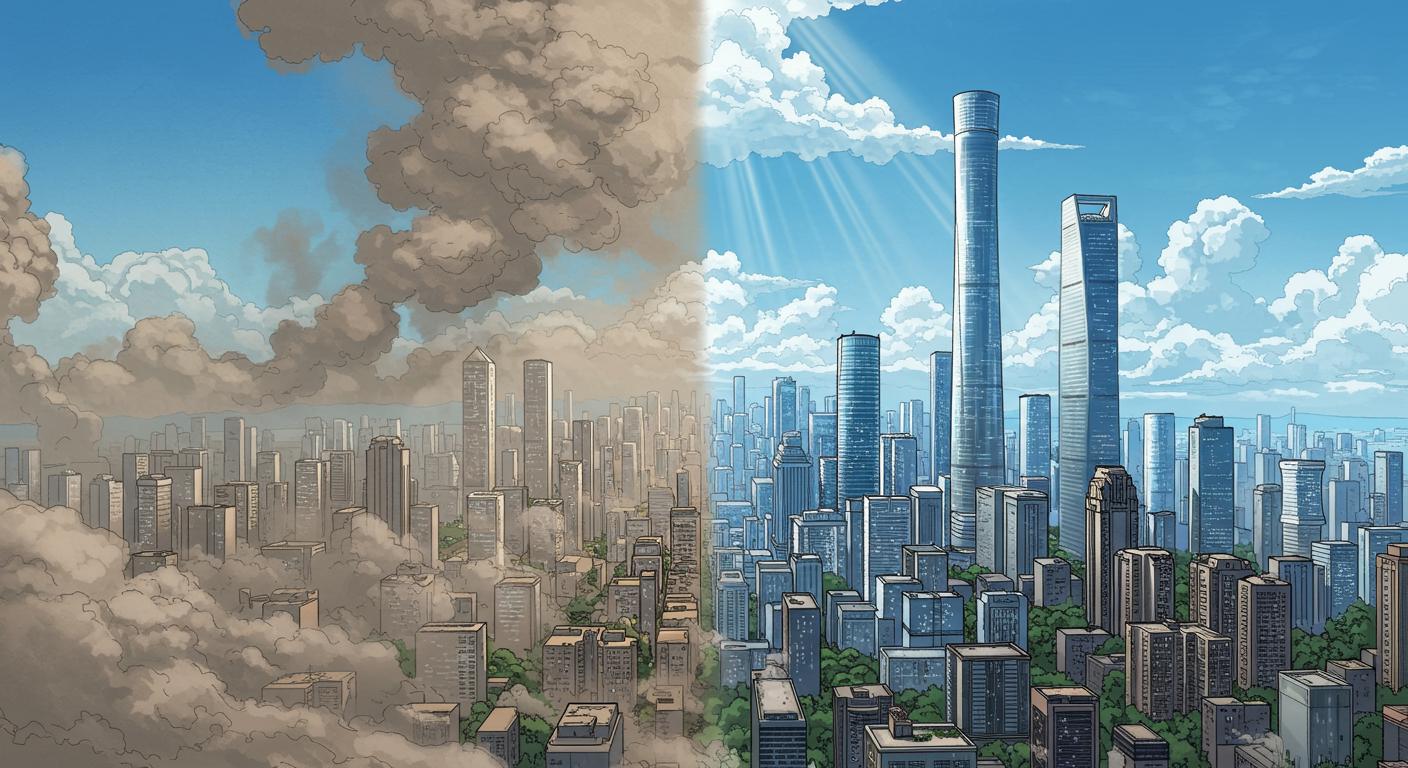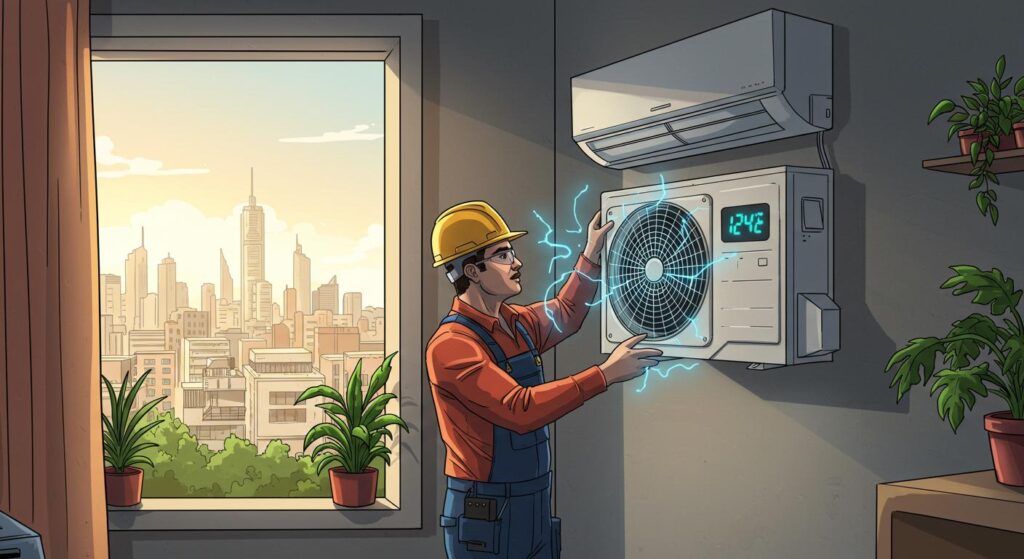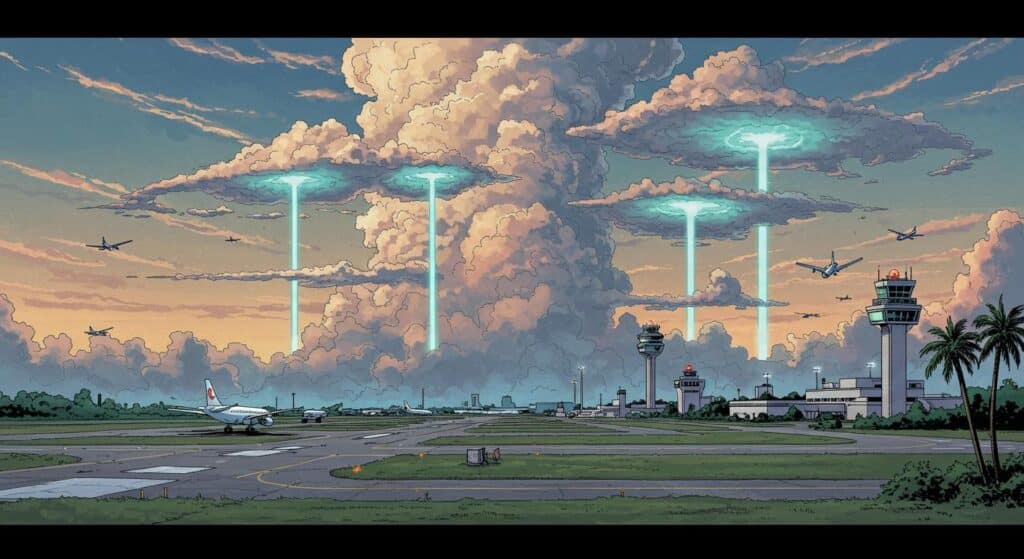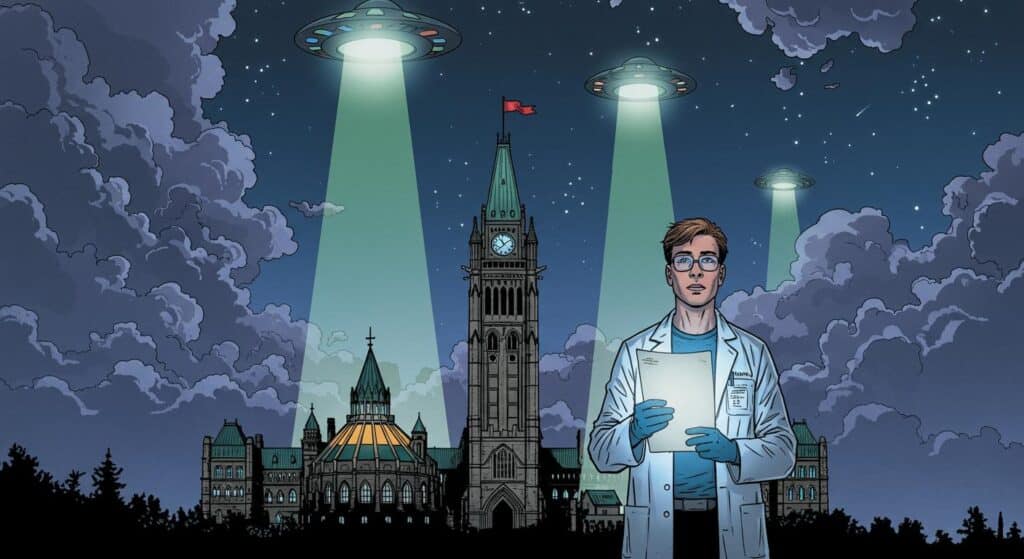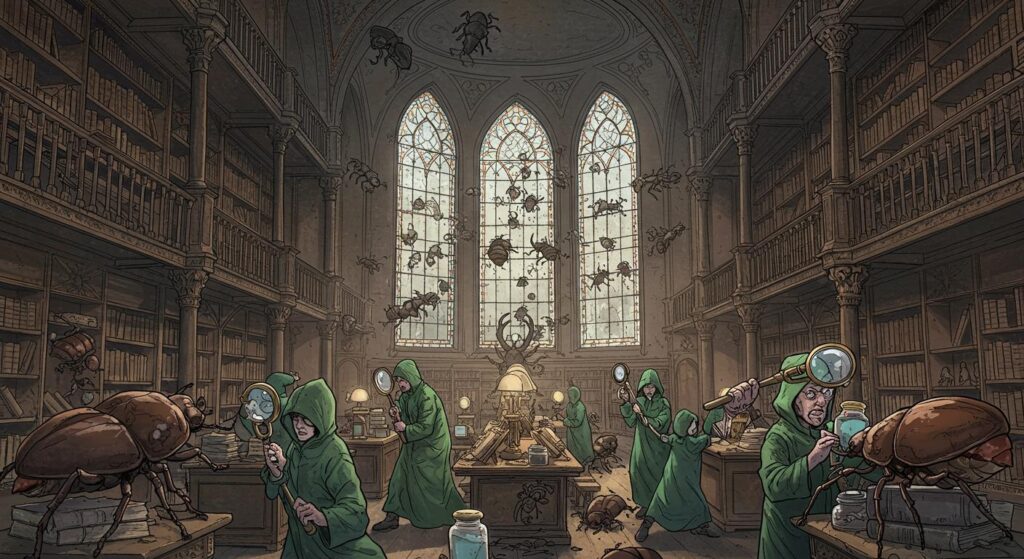It’s not every day you come across a climate news headline that manages to be both serious and—well—almost comically ironic. According to a recent report from The Hill, China’s aggressive clean-up of air pollution, a win for human health and blue skies, may have unintentionally turned the planetary thermostat up just a notch.
The Paradox of the Disappearing Sun Hat
Most of us can agree: smog that blocks out the sun and makes lungs burn is not something to wax nostalgic about. Yet, as detailed in The Hill’s summary of a new study published in Communications Earth & Environment, when China slashed its emissions of sulfur dioxide—a toxic byproduct of burning fossil fuels—by roughly 75 percent since 2010, it didn’t just clear the air for schoolchildren and joggers. It also reduced the amount of sulfate aerosols floating around, those tiny particles that, somewhat bizarrely, have a side gig as amateur sunshades for the planet.
The researchers, led by Bjørn Samset of the Center for International Climate and Environmental Research in Norway, used climate model simulations to show that with fewer sulfate aerosols in the atmosphere, less sunlight is being bounced harmlessly back into space. Instead, more is reaching the earth’s surface. As relayed in The Hill, this decline in aerosols has likely contributed about 0.05 degrees Celsius of additional warming per decade since 2010—a change tied directly to China’s air quality policies and echoed, to a lesser but growing extent, across East Asia as a whole.
Clouds forming around these aerosols reflect sunlight, and when clouds are absent, the particles themselves can scatter light skyward. This cooling effect—akin to donning a dorky but effective sunhat at a summer picnic—was acting as a partial offset against the relentless heat-trapping of greenhouse gases lurking in the background.
When Progress Comes with a Catch
The irony isn’t lost on the experts. The Hill relays co-author Robert Allen, a climatology professor at the University of California, Riverside, pointing out with academic understatement that “reducing air pollution has clear health benefits, but without also cutting CO₂, you’re removing a layer of protection against climate change.” In other words, the “parasol” gets yanked away, and any greenhouse-warming that was previously being masked is laid bare.
Their climate models project a global, annual mean warming of roughly 0.07 degrees Celsius stemming from aerosol reductions, closely mirroring what’s already happened in East Asia between 2010 and 2023, the authors note. As Samset puts it, the speed-up in global warming is “very concerning but still small compared to the overall, long-term amount of warming from increased CO2 and methane.” The biggest climate offenders, in other words, remain the usual suspects.
A Classic Risk-Reward Equation
But if cleaner air means warmer days, should anybody be keeping their windows closed and looking for the nearest coal-fired power plant? Not quite. The Hill highlights that, prior to these interventions, pollution was a leading cause of premature death in China—a staggering public health toll. “Air quality improvements are a no-brainer for public health,” Allen tells the outlet, underscoring that breathable air is not something to trade for a fraction of a degree of cooling.
Still, there’s no free lunch. The researchers observed that with the aerosols’ protective effect diminished, parts of East Asia are now grappling with more extreme heat, altered monsoon patterns, and the threat of agricultural disruptions. The study suggests that similar warming blips could crop up in other regions—South Asia, Africa, North America—as efforts to clean up air pollution gain momentum worldwide.
It’s a setup tailor-made for complex policy headaches: can we really engineer solutions that don’t swap one set of side effects for another? As noted in The Hill’s account, Allen stresses that “the two must go hand in hand” if we want to avoid the worst of climate change: cleaning up the air and cutting greenhouse gases, not just one or the other.
Short-Lived Clouds, Long-Term Questions
One small silver lining—if a slightly odd one—comes from the fleeting nature of these aerosols. Allen explains that sulfur dioxide and sulfate aerosols only stick around in the atmosphere for about a week, in stark contrast to carbon dioxide, which lingers for centuries. In effect, the extra warming unlocked by rapid clean-up may eventually “settle back” to a trend more consistent with underlying greenhouse gas levels.
Of course, that leaves a burning question hanging: as humanity tackles different kinds of pollution, what other domino effects might we set off? How many unexpected plot twists are hiding in the fine print of our attempts to tidy up the planet?
If nothing else, this latest episode is a reminder that climate science rarely deals in easy wins. Cleaner air, healthier lives—and, for now, a little less planetary sunblock. Somewhere, a cosmic sense of humor is undoubtedly at work. Or maybe it’s just climate change, as usual, spoiling for another round of “didn’t see that coming.”

